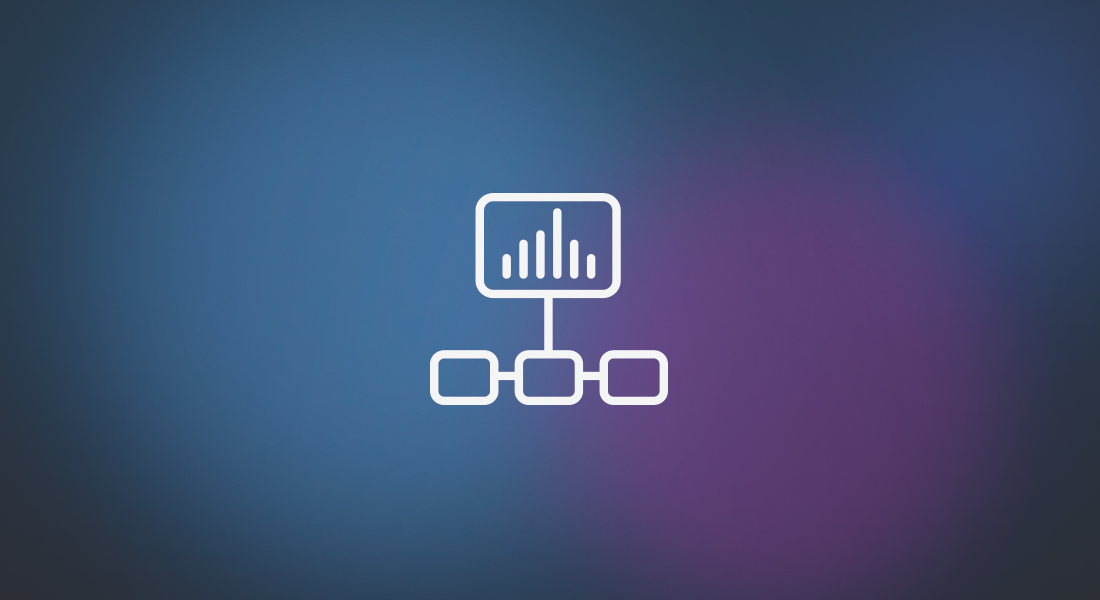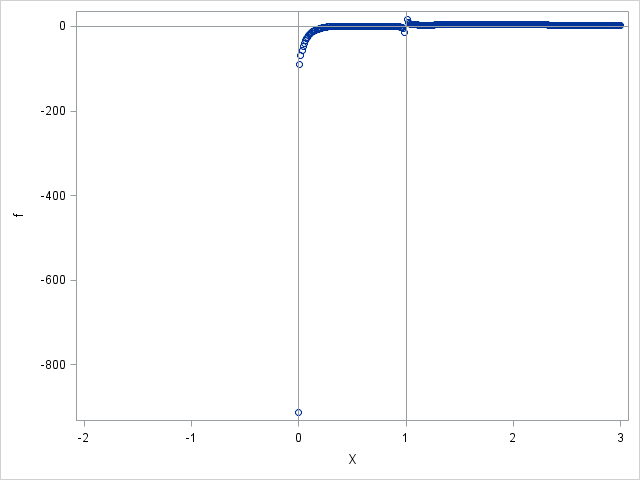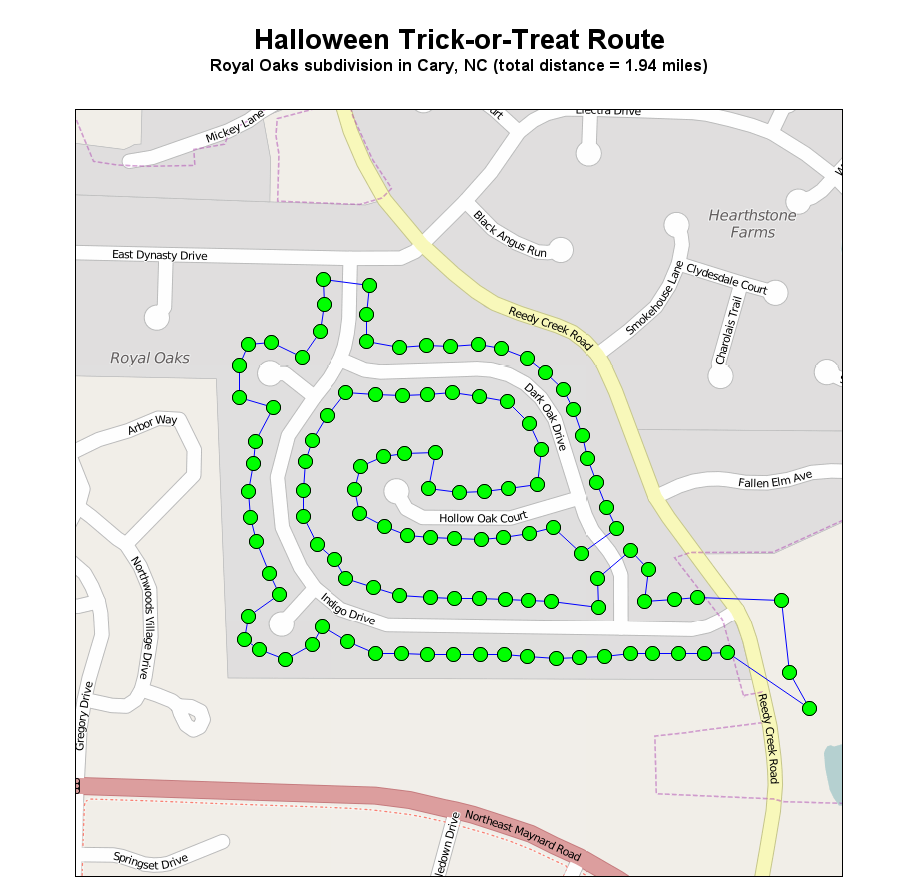
If you turned in for my recent webinar, Machine Learning: Principles and Practice, you may have heard me talking about some of my favorite machine learning resources, including recent white papers and some classic studies. As I mentioned in the webinar, machine learning is not new. SAS has been pursuing
















































